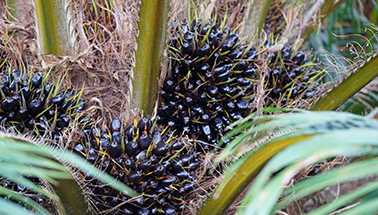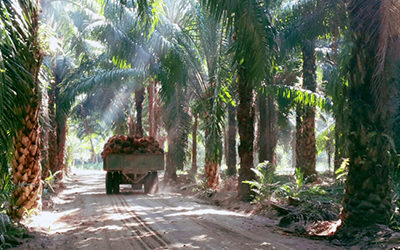The 65’s

In the 65’s, the coffee sector faced a crisis, and alternatives to it were sought through pilot tests in the South with plantations and a mill. This led to research on the oil palm crop in latitudes similar to the Equatorial belt.
80’s and 90’s

Later, in the 80’s, with the cotton crisis, the search began for efficient oleaginous crops to substitute cotton and continue to produce and supply vegetable oils for the country. Thus began the formal plantation of oil palm in La Gomera, Escuintla. At the end of the 90’s, plantations were established in Ayutla, a municipality of San Marcos, and in Petén, in soil that was originally used for cattle-breeding.
Current

Since then, oil palm crops have been established in three major areas: The South (San Marcos, Quetzaltenango, Retalhuleu, Suchitepéquez and Escuintla), the North-East (Izabal and Alta Verapaz, specifically in the Motagua and Polochic river valleys) and in the North (South of Petén, North of Alta Verapaz and Northeastern Quiché).